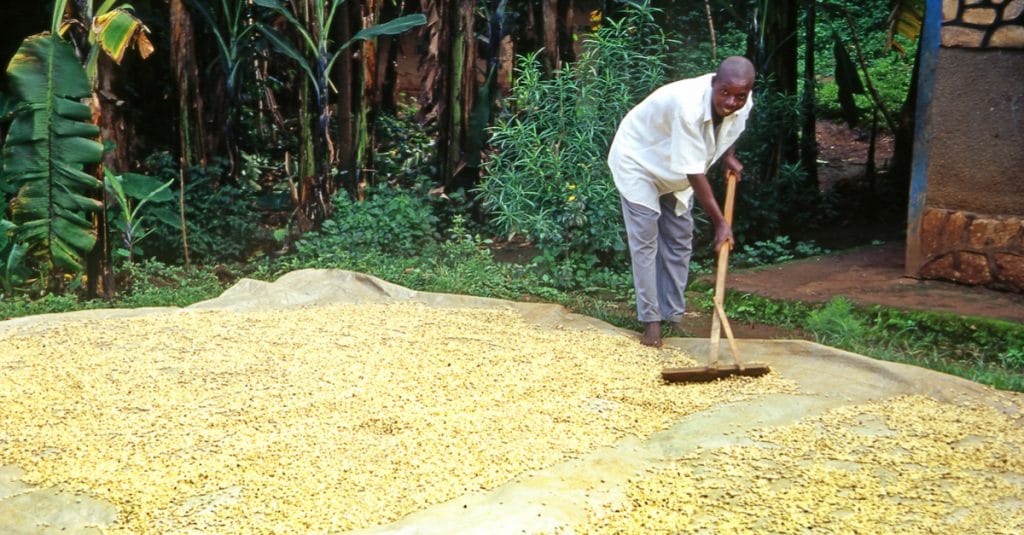On January 1, 2018, the world population was estimated at 7.63 billion. United Nations statistics predict that by 2050, the population will reach 9.8 billion. By then, the African population will have grown from 1.2 billion to 3 billion.
The main effect of population growth is an increase in food demand, which in turn put increasing pressure on natural resources that are difficult, costly or slowly renewable. Demographic pressure most often leads to overexploitation of groundwater for irrigated agriculture, which lowers the level of aquifers around the world. In Africa, this demographic pressure has forced rural households (estimated at nearly 600 million people) to adopt farming practices that ensure their survival, neglecting the increase in crop yields per hectare.
Thus, to meet the need to adequately feed an ever-increasing population, without damaging the environment, the World Resources Institute (WRI) proposes three solutions.
Africa should implement a more profitable agriculture per hectare, based on ecological principles
In collaboration with its partners, the World Bank and the United Nations Environment Programme, the World Resources Institute published in December 2018 a synthesis report based on a ten-year project to answer the question: “How can we sustainably feed a humanity whose population could reach 9.8 billion people in 2050? In the package of 22 answers to this question, three of them consist in adopting a much more profitable agriculture with much lower greenhouse gas emissions.
WRI researchers recommend a combination of intensive agriculture (much higher yields in small areas) and programmes to protect and restore forests, marshes and peatlands. Intensifying urban agriculture is also a good idea. GHG emission reduction targets should be linked to farmers’ performance, for example with offset credits. Because the continuous expansion of crops has been at the expense of other uses of natural resources. One of the consequences of this phenomenon has been the rapid destruction of forest resources through the clearing and overexploitation of land for fuelwood production and other domestic uses.
It is then necessary to limit food waste and increase the proportion of vegetable proteins in consumption patterns. Because a lot of land is cultivated to produce food for the animals we eat. However, the latter consume much more resources (especially water) and emit more greenhouse gases.
Finally, the amount of fish available in the diet should be increased. This requires stabilising landings of wild fish and intensifying aquaculture, particularly vegetarian fish. The yield of these species is very advantageously compared to other livestock.
According to WRI researchers, it is on the basis of these proposals that the world will be able to feed itself while achieving the Paris Agreement’s objective of limiting global warming to below 2 degrees. Agriculture must emit four times less greenhouse gases per calorie produced than the current proportion.
Boris Ngounou
